Have you ever accidentally ran out of space in your journal and needed an extra page? Or did you ever have some information that you wanted to be able to see and reference regardless of where you were in your journal? Or maybe you want to make a Dutch door layout, but the idea of taking scissors to your journal is just a little too daunting. Well this is where tip ins can help.

Tip in 101
Hi team! Jess or JashiiCorrin from YouTube / Instagram here talking about tip ins. These are one of my favourite things to add in my journal, just because there’s such a wide range of fun and useful ways they can be included. In this blog post I'll be taking you through the 'what', 'why' and 'how' of tip ins, as well as having a look at some tip in ideas that you can incorporate into your journal.

Supplies
For our tipping in today, I used the equipment below which you may also find helpful. Remember you can use my code JASHIICORRIN10 for 10% your orders at Archer and Olive; we love savings!
- A5 Archer and Olive notebook
- A5 Archer and Olive notepad
- Washi tape, sticky tape, or double-sided tape
Rather watch, then read? For a quick overview of the 'what', 'why' and 'how' of tip ins, check out the video below!
But...what is it?
Before we get too ahead of ourselves, it's probably best to cover what a tip in is. A tip in is a piece of paper or card that is attached into your journal along one edge so that it can be turned from one side to the other. This could be something like a piece of dot-grid paper, decorative paper or card, a photograph, or any other flat object.

But...how does one even?
In their simplest form, a tip in is made from a piece of paper attached along one edge into your journal using something sticky (preferably washi tape, sticky tape, or something similar; I don’t recommend attaching tip ins with gum).

Where to tip?
When thinking about where you might attach a tip in, common places include
- the inside cover of your journal (e.g. when adding in a flip out key or grid-spacing guide)
- at the spine edge of your journal (e.g. when you want to add an additional page to your journal)
- just on any page of your journal
Which way to flip?
Tip ins can be attached in a variety of places in your journal, and flip in whichever direction you like. The most common ones will be vertically and horizontally, but depending on your layout, you can totally have a diagonal flip out too.

Materials needed?
One of the more common materials for bullet journal tip ins is dot-grid paper. This can be sourced from:
- one of the pages in the back of your journal,
- an off-cut from a Dutch door you’ve made previously
- a dot-grid notepad like the ones from Archer and Olive
You can also make tip ins out of other flat materials though, including photographs, pamphlets, cards, and other memorabilia.

Making and attaching the tip in
To make a basic tip in:
- Collect your tip in making materials; namely the tip in paper and the tape you’ll be using to attach it.
- Cut your tip in paper to size. Make sure to account for the fact that some of the tip in will be covered by tape in order to secure it to your journal.
- Run tape along the sticking edge of the tip in such that half the tape hangs off the edge. This will be the tape that attaches the tip in to the journal.
- Trim any excess tape from the non-sticking edges of the tip in. Keeping this on will make it hard to open or flip your tip in!
- Line the tip in up with where you want it on your page and press the tape down so that it sticks both to the page and the tip in you’ve made.
What I also like to do at this point is run tape along the other side of the sticking edge so that the tip in is secured from both sides. This makes the tip in a bit more sturdy, or better attached into the journal.

While I typically make my tip ins with washi tape, you can also use clear sticky tape. This is useful for instances where you don’t want the tip in paper to be obstructed by an opaque tape.

Another way to attach a tip in is with double sided tape. This can be done two ways, the first being:
- Cut the tip in to the size you want it when viewing it stuck in.
- Putting the tape on the backside of the tip in, along the sticking edge.
- Line the tip in up with where you want it on your page and press down to stick it into your journal.
- Flip open the tip in and fold it over the stuck edge, pressing down to crease the paper.
This will result in a visible crease in your tip in which may not be favourable, but it is still a viable method for attaching tip ins.

The other way you can use double sided tape to attach a tip in requires a bit more forethought, but can help you avoid that crease issue.
- Cut the tip in a bit wider than you actually want it to be when in your journal.
- Fold the sticking edge under the tip in to the back.
- Run double sided tape along the outer side of the portion that was folded under (not the side that will touch the backside of the tip in).
- Line the tip in up with where you want it on your page and press down to stick it into your journal.
The nice part about this method is that you won’t end up with that fold line on the front of your tip in, but a possible issue is that if you’re using thicker paper, this can mean you’ll experience some uneveness in this region of the page when you flip to the next one.

But...why though?
As previously mentioned, I love making tip ins as they’ve got such a wide range of uses. Below we have some of the ways you can use tip ins in your journal. We also have a printable list of the ideas for your reference! (Maybe you could attach it into your journal as a tip in!)
Adding extra pages
This is one of the most useful ways to use a tip in. When I set up for the next month in my journal, as I typically do this a little early so I can film for YouTube, I effectively need to guess how many more pages I’m going to need for the month I’m currently in. Most of the time I guess right, but every so often, I don’t leave myself quite enough space to finish out the month before the pages I’ve set up for the next one. A tip in can be used to give myself the extra space I need. For this you just take a full page of dot grid paper (mine comes from the Archer and Olive notepad) and then attach this into the middle of an existing spread, making sure to secure it from both sides.

Making Dutch doors
I know that some people get a little nervous about taking scissors to their journal, so a tip in can be a good way to make a Dutch door layout without running the risk of cutting something you shouldn’t. This is especially helpful for the Dutch door layouts that would typically be made by cutting away the top half of a page, which can sometimes be either difficult to do in a way that looks neat, or difficult to make sure you don’t end up cutting too close to the binding of the journal! As the tip in is just you sticking in an extra piece of paper, this can be a good solution.

Removable trackers
Removable trackers are, as the name would suggest, trackers that you can take out of your journal. This could be either to move it to a different space (possibly month to month) or to move into a completely different journal. My favourite way to use this is for my year at a glance layout which I’d prefer to only have to set up once a year. By making it removable, I don’t have to write out all those little numbers again when I set up my second (or third!) journal for the year.

Flip-out references
By far my favourite way to use tip ins is to make flip-outs from the front of my journal. This is for information that you want to be easily referenceable from any page in your notebook. Examples include things like a key, colour code, grid-spacing guide, index, or in my current journal I’m using it for my weekly reset checklist. By tipping these into the front or back cover of your journal, they will be easy to reference regardless of what page you are on.

Flip-out trackers
Another similar way you can use tip ins is for trackers that you might otherwise forget to fill in. One of the biggest reasons that people struggle with using their habit trackers is that they don’t ever flip back to look at them. If you set your tracker up on a tip in that you can flip out and see from your weekly or daily log, this might help keep you motivated to fill it in.
Memory keeping
Flat memorabilia can make for great tip in material. You can tip in things like polaroids or photographs where the portion of your journal underneath can be used for journaling about when that photo was taken and any memories from the event it captures. To best preserve your memory keeping items, make sure you’re using an acid-free tape as well, just so the tape doesn’t make your tip in deteriorate over time.

Double-sided items
Double-sided ephemera is also suitable for tipping in to your journal. These are things like tickets or flyers that you want to be able to see the back of. Rather than just sticking this directly or fully onto the pages of your journal, tipping it in means you’ll be able to flip it back at forth, and thus see both sides.
Decoration
People have also previously tipped in things like vellum pieces and card stock to use as decoration for their journal setups, typically at the start of a new month. One example of this were the papers from the Archer & Olive December 2021 subscription box, which could be tipped in to make decorative cover pages.

Hiding information
Tip ins can be used is as a way to hide a section of a page. This may be for sensitive information, or something you don’t want people to see at a glance. A fun way to use this technique would be in setting up an advent calendar where the tip ins are little doors for the advent tasks, prompts, or whatever else is behind them
Helpful tip ins and tricks
This is in no way an exhaustive list, but hopefully you’ve found the ideas in this blog post helpful; I hope you're excited to set up some tip ins in your journal! Don’t forget to grab your printable reference list and tag me, @jashiicorrin, and @archerandolive in you tip in-related posts over on Instagram. We can’t wait to see what you make!






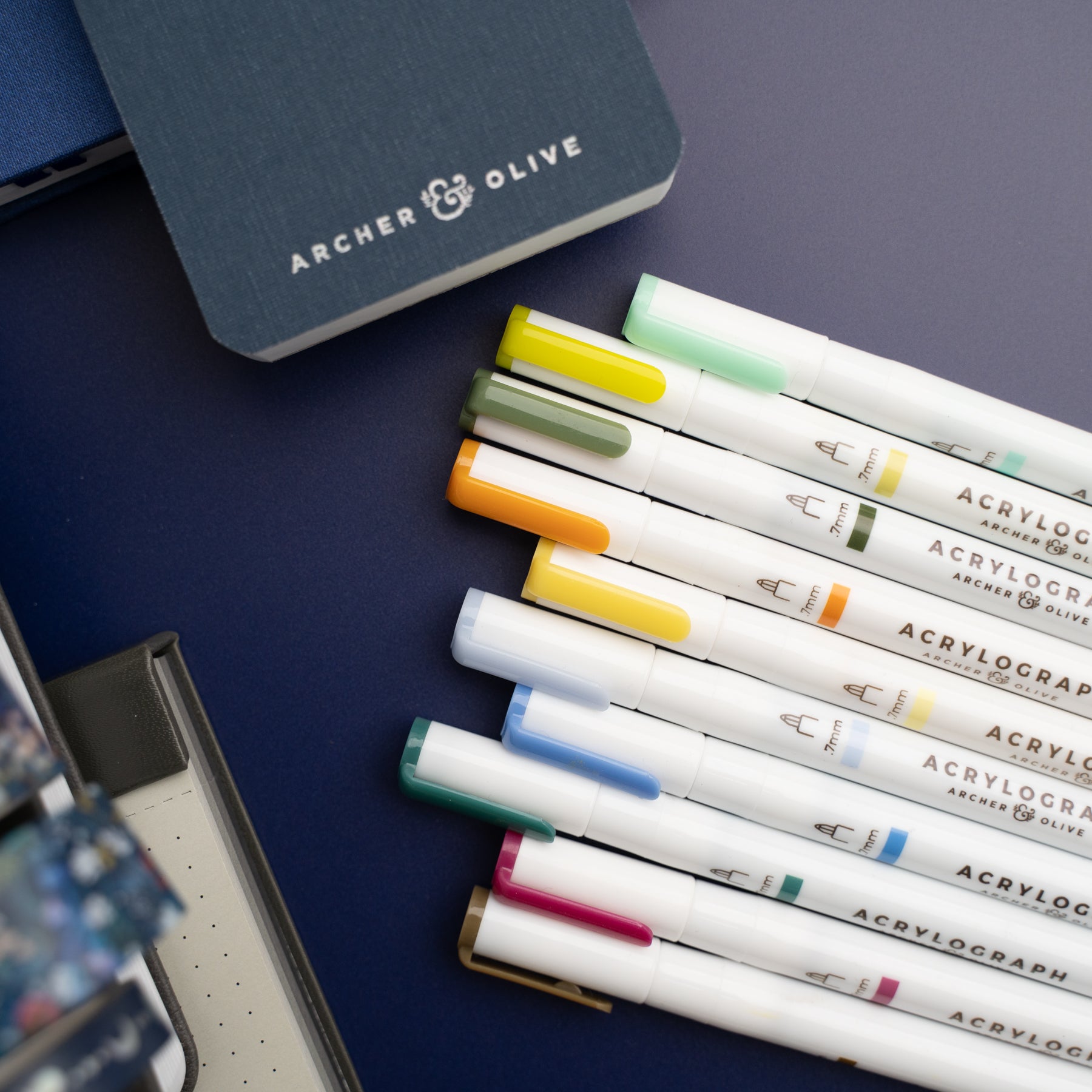
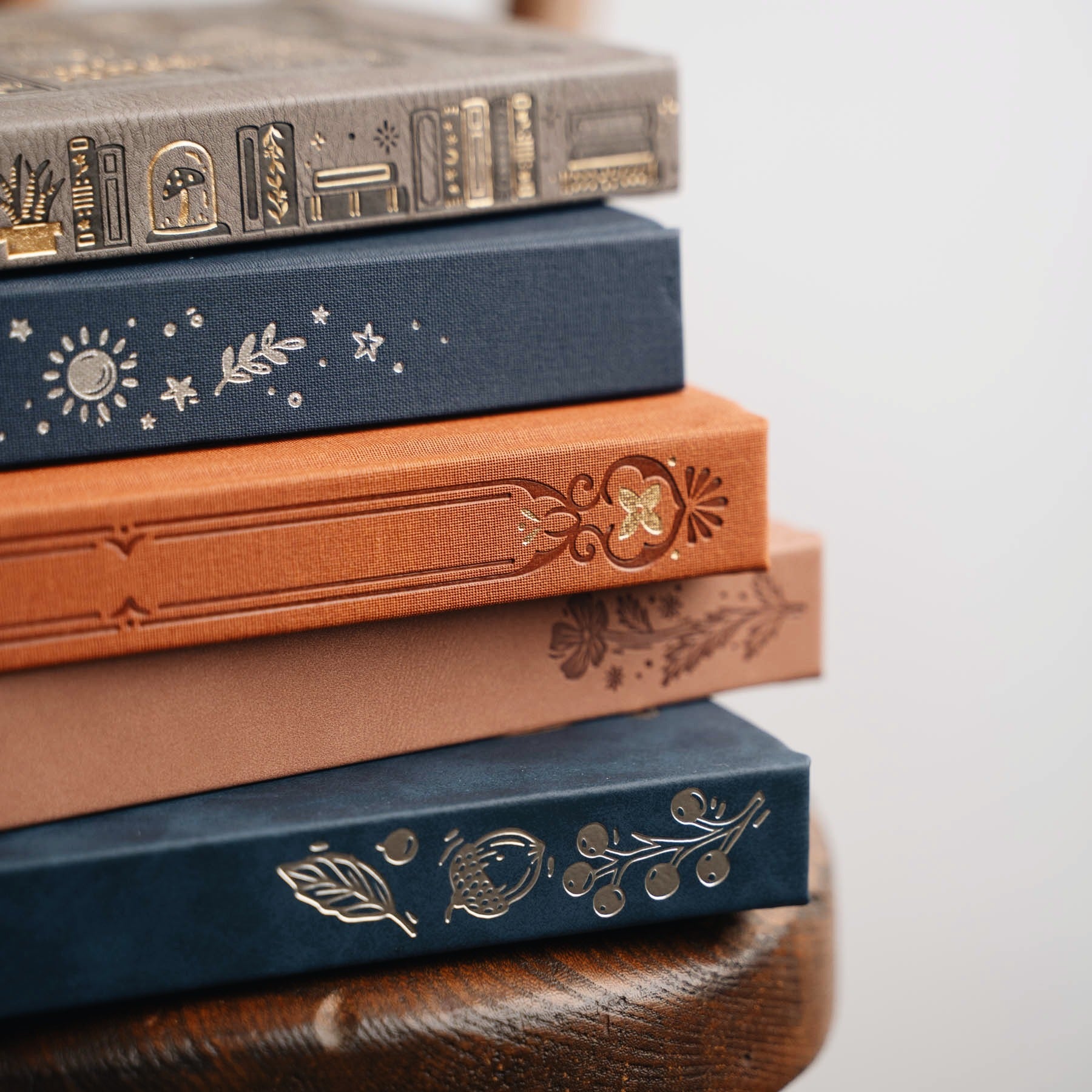

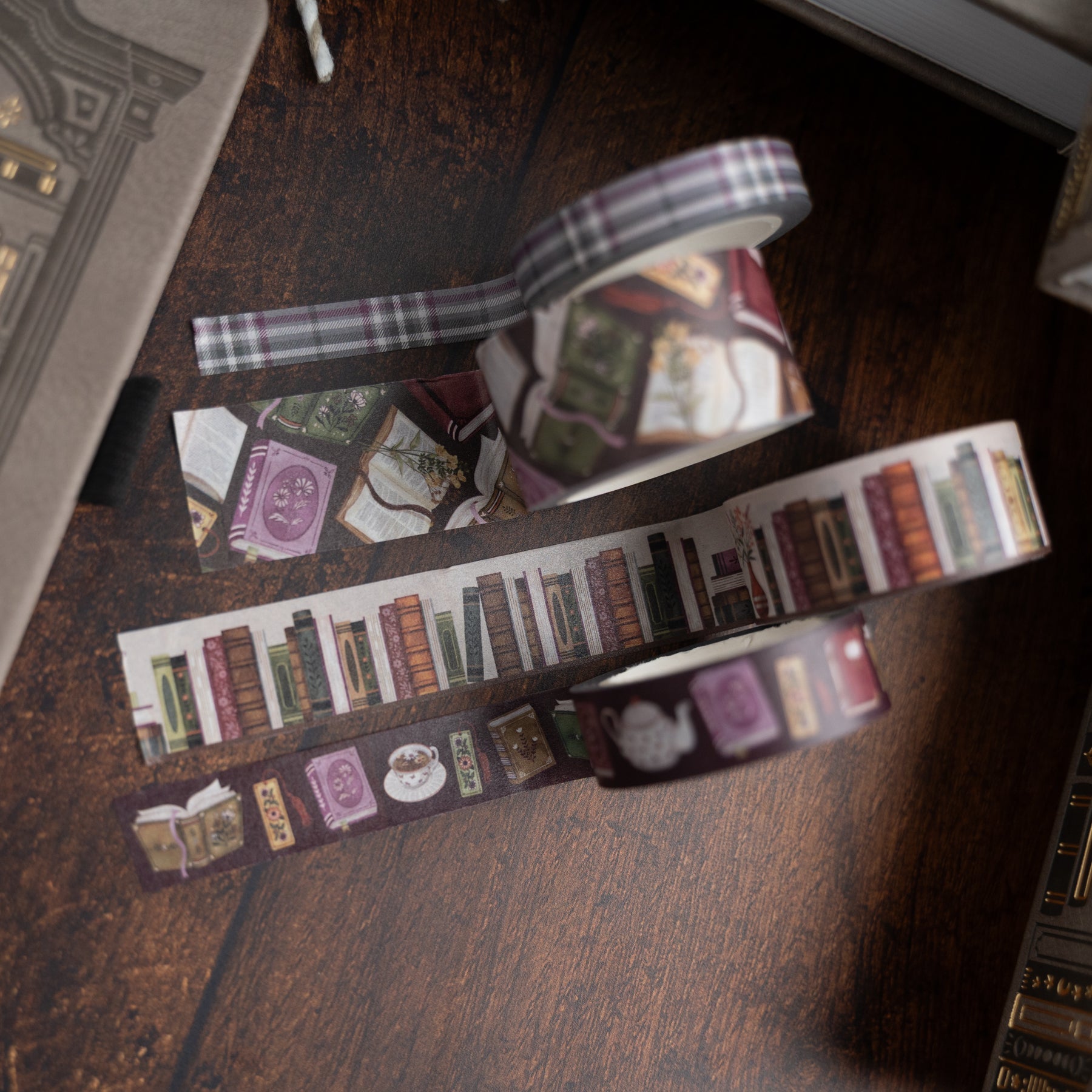
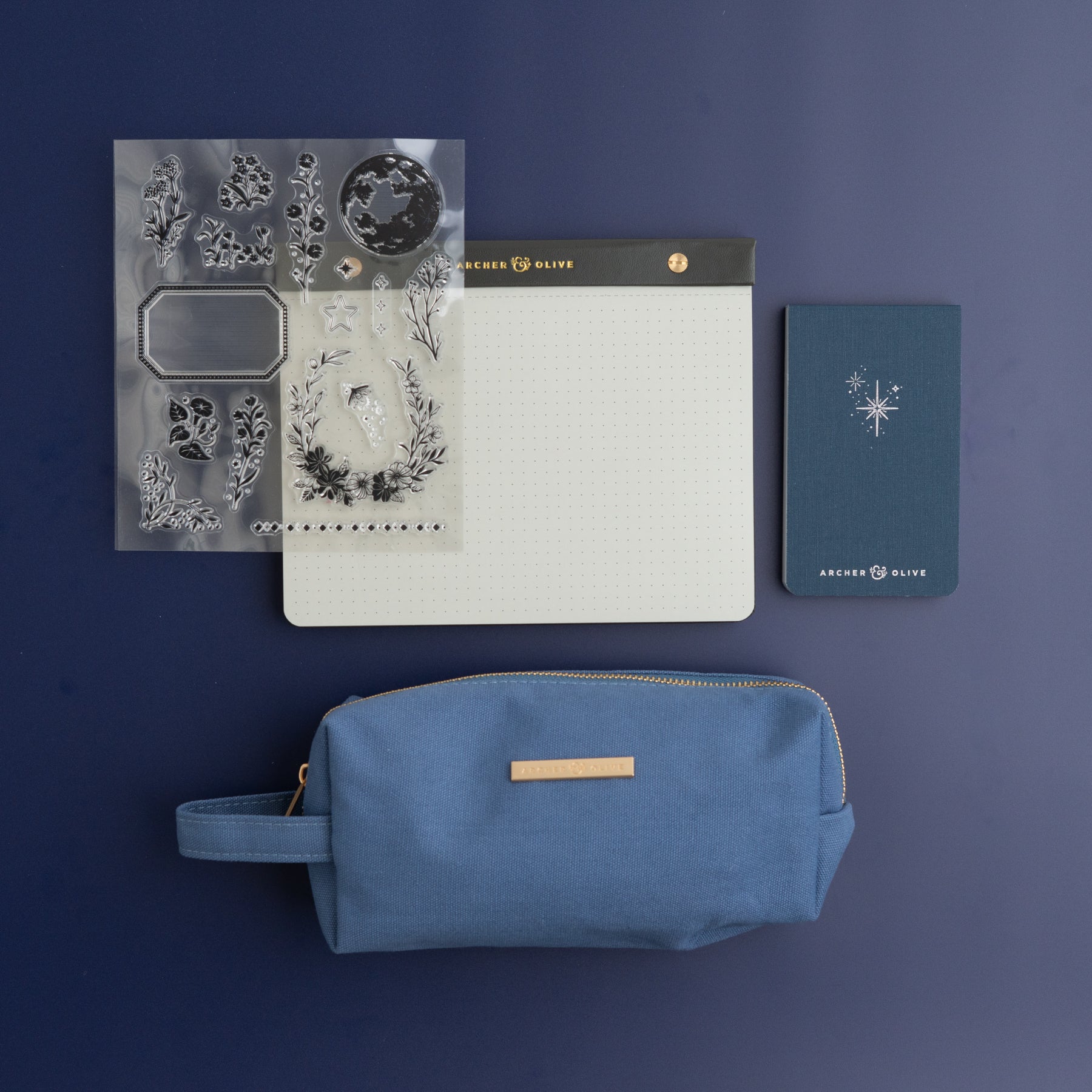
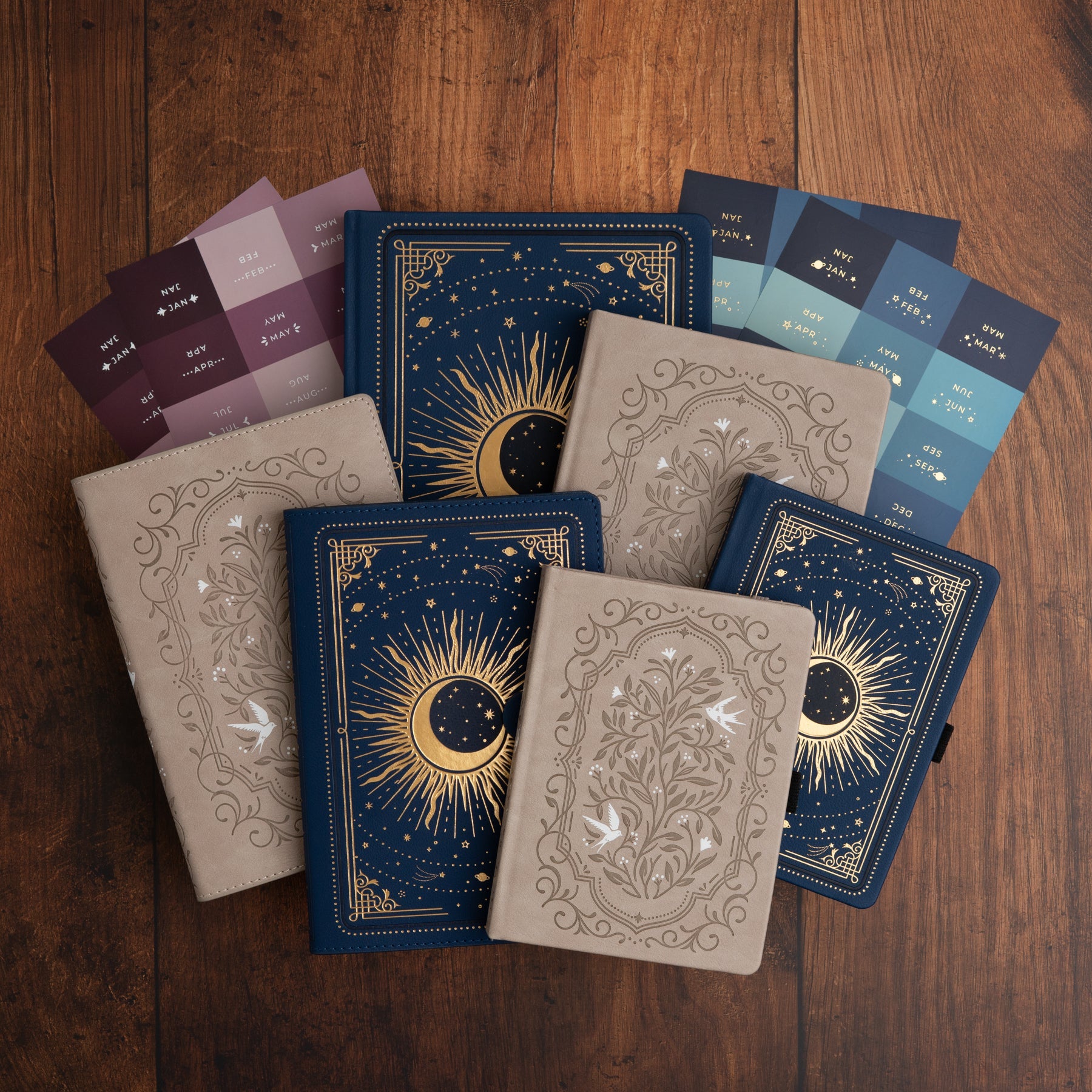
1 comment